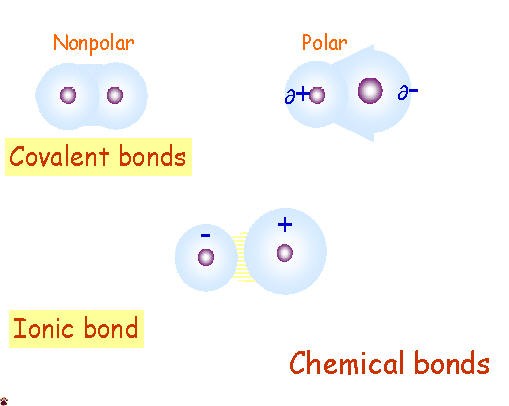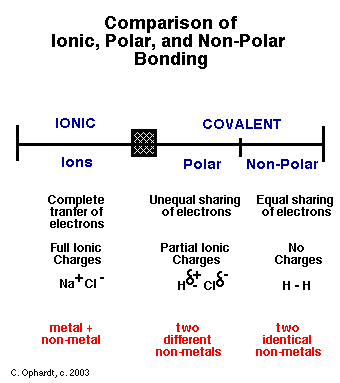Types Of Bonds
Post on: 8 Апрель, 2015 No Comment

When it comes to choosing the best bonds for you, there is no better than the amazing types of bonds. Find out what type best suits you.
As the name implies, zero coupon bonds are bonds that do not carry with them any coupon (the annual interest rate offered to bondholders). However, this bond costs less compared to its face value. This means that the investor gets a discount in purchasing the bond, but will be paid back its total amount (face value) when it matures.
By looking at its definition, a zero coupon bond does not seem profitable. Such an idea may arise since it does not give annual interest payments to its holders. But a deeper understanding of this bond will show just how valuable it is.
Types of Zero Coupon Bonds
Zero coupon bonds (also known as “Strips”) are a great way to invest for the future. It is similar to saving money for your child’s college fund or for your retirement. These can either be long term or short term.
A long term zero coupon bond has maturity dates which start 10 to 15 years out. This bond is either held until it matures or sold in the secondary market. A short term on the other hand matures after a few months. This is commonly known as a bill.
Purchase Value versus Face Value
Zero coupon bonds are not exempted from interest rate changes. Once the percentage of interest rates goes up, the bond’s face value may go down and vice versa. This is because the difference between the bond’s face value (the price paid back by the bond’s issuer to the holder upon maturity) and its purchase price (the discounted price the investor paid to receive the bond) is actually the interest rate. The reason why this bond is called a zero coupon is because the interest is not paid annually but rather as a lump sum together with the bond’s original value. However, the face value of the bond may change due to the rising and falling of interest rates.

Let us say for example a zero coupon bond with a face value of $1000 is only purchased at $700. If it is held until maturity the bondholder is paid $1000. This means that the $300 difference (between the face value and the purchase price) is the total interest rate. During the time the bond is held by the investor, once the interest rates increase or decrease the face value of the bond immediately changes. This means the principal amount (the price the bond was purchased) decreases as the bond receives a high yield and vice versa. If the bond is sold in a secondary market before it matures, there is a chance that the bondholder will receive a lesser amount compared to the money that was initially invested for it. This is very much like corporate bonds where the holder may exchange his bond for a company’s stock or can sell his bond back to the issuer before it matures. However this is done when the amount of the bond reaches its conversion price or its callable price (where both are higher compared to the bond’s amount when it was purchased). Otherwise, if a corporate bond does not increase its price, the bond is held until it matures.
In addition to being affected by the changes in interest rates, its bondholders still has to pay federal, state and local taxes for the bond’s “phantom” interest. This represents the yields a holder should be receiving yearly.
More about Zero Coupon Bonds
Profit from a zero coupon bond’s interest rate may not be claimed until it matures, yet the amount its holder receives is indeed worth its purchase. However, before investing in this bond it is best to study first the issuer’s investment grade (also known as the credit ratings). This will help determine if there’s a chance the bond’s face value may increase or decrease, or if the issuer will fail to redeem it. Although most zero bonds are known as government bonds. take note that this also has a chance of defaulting payment especially if it is from developing countries. Still, investing in zero coupon bonds is a great way to save money for future important needs.














